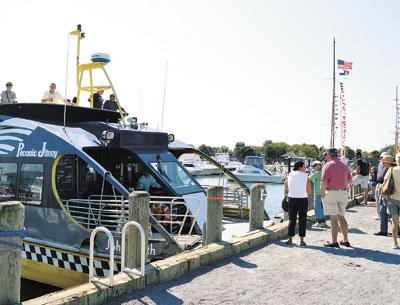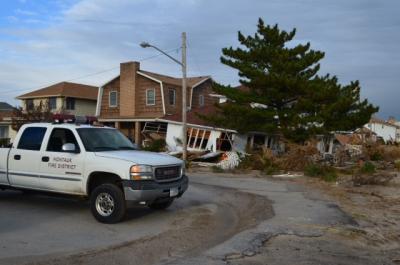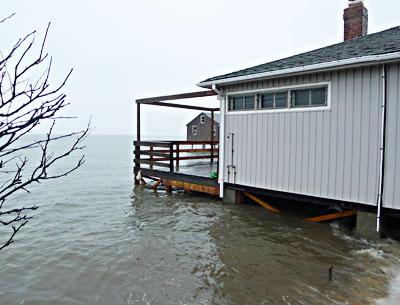Peconic Bay Jitney Not Expected to Return
Peconic Bay Jitney Not Expected to Return

Geoffrey Lynch, president of Peconic Bay Water Jitney, attended Tuesday evening’s Sag Harbor Village Board meeting to announce that he does not “have any immediate plans to go forward with service in 2013.”
Mr. Lynch recapped the jitney’s trial ferry service that ran between the village and Greenport for 85 days last summer, saying that from June 20 through Sept. 30 the boat had transported an average of 195 passengers per day. The gross income was $160,000, he said, and Hampton Jitney, which he co-owns with his brother, “spent a heck of a lot more than that.”
Despite the “financial bust,” Mr. Lynch said he and his partner in the trial, Jim Ryan of Response Marine, do not want to give up on the idea of ferry service between the waterfront villages. He said ZIP codes on receipts indicated a predominantly local customer base and that there had been very little negative feedback from customers, municipalities, or boaters.
Although passenger counts didn’t reach the hoped-for 250 a day, Mr. Lynch said that the “appetite from a local perspective is there . . . 195 shows potential.” He believes there is a broader market out there, as well, including tourists and day-trippers.
Mr. Lynch chalked up the difficulties to “first-time operator teething issues,” from boat maintenance costs to exceeding budgeted fuel expenses. In the future, he hopes to receive money from the federal government to pay for the boats. He said one vessel is not enough to increase the frequency of service. “Two vessels would be ideal.”
In answering a question from Mia Grosjean of Save Sag Harbor, Assemblyman Fred W. Thiele Jr., the village attorney, said that if the Peconic Bay Water Jitney did receive funding, it would require a new approval process, what with the expiration of the temporary permit allowing the ferry service and the use of Long Wharf. “Basically they would have to start from scratch,” Mr. Thiele said.
Mr. Lynch thanked the village board and the community for allowing the trial run, and Suffolk County Legislator Jay Schneiderman for his support.








